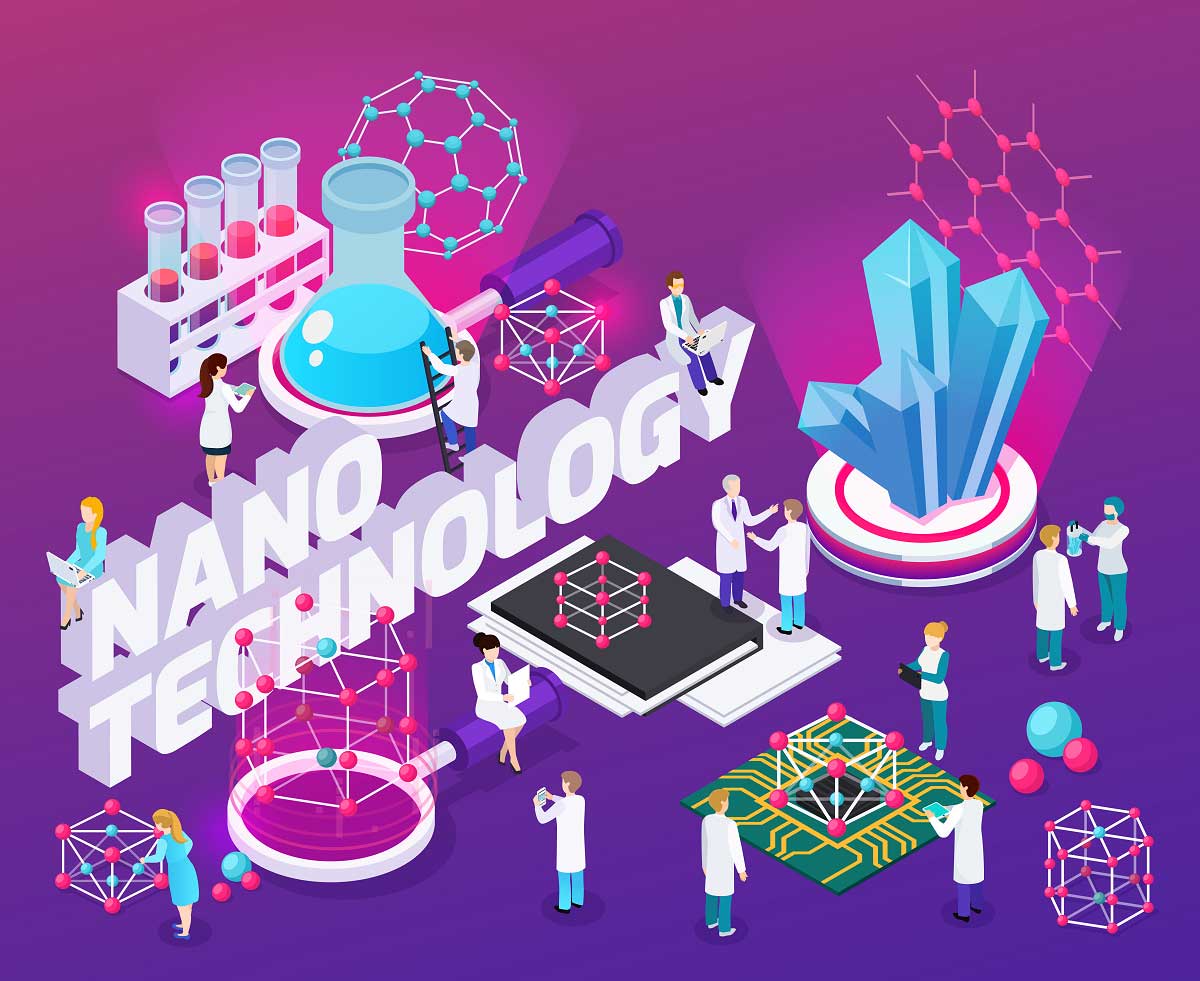
Nanotechnology has emerged as a promising field in the world of biology, offering innovative solutions for DNA manipulation. The applications of nanotechnology in genetics are numerous, including genetic engineering, gene therapy, and personalized medicine. This article will provide an in-depth look into the use of nanotechnology in DNA manipulation and its potential implications in genetics.
Introduction to Nanotechnology and Its Use in Biology
Nanotechnology is the study of structures, systems, and materials that have at least one dimension of nanoscale, typically around 1 to 100 nanometers. This field of science offers a wide range of possibilities for researchers, including the creation of new materials with unique properties, the development of innovative devices and technologies, and the exploration of new fields of study in the biological sciences.
In the field of biology, nanotechnology is being used to advance our understanding of living systems, from the molecular level to the organism level. Researchers are using nanotechnology to manipulate and study biological systems at the nanoscale, providing new insights into the underlying mechanisms of life.
Overview of DNA Structure and Manipulation Techniques
Deoxyribonucleic acid (DNA) is the genetic material that controls the characteristics of all living organisms. It consists of long chains of nucleotides, which are the building blocks of DNA. DNA manipulation involves the modification of the genetic material, either through the addition, deletion, or substitution of nucleotides.
Traditionally, DNA manipulation has been performed using molecular biology techniques, such as restriction enzymes, PCR, and gene cloning. These methods have been successful in providing researchers with the tools necessary to manipulate DNA, but they also have limitations, including low efficiency, low specificity, and the need for complex equipment.
How Nanotechnology Can Be Used to Manipulate DNA
Nanotechnology offers new methods for manipulating DNA, overcoming many of the limitations of traditional molecular biology techniques. The use of nanotechnology in DNA manipulation is based on the unique properties of nanoscale materials and the ability to perform precise operations at the nanoscale level.
One of the most promising applications of nanotechnology in DNA manipulation is nanopore sequencing. This technique uses nanopores, which are tiny holes in a material, to sequence DNA in real-time. The DNA molecule is threaded through the nanopore, and the electrical signals generated by the movement of the nucleotides through the pore are used to determine the sequence of the DNA. This method is fast, inexpensive, and can be performed using simple equipment, making it a promising alternative to traditional DNA sequencing techniques.
Another application of nanotechnology in DNA manipulation is nanoscale assembly of DNA. This technique involves the construction of DNA at the nanoscale level, using nanoparticles or other nanoscale materials as building blocks. This method offers a high degree of precision and control over the assembly process, allowing researchers to create new DNA sequences with specific properties or to modify existing DNA sequences.
Examples of Current and Potential Applications of Nanotechnology in the Field of Genetics
Nanotechnology is being used in a variety of applications in the field of genetics, offering new solutions for genetic engineering, gene therapy, and personalized medicine.
Gene therapy using nanotechnology is being developed as a potential cure for genetic diseases, such as sickle cell anemia and hemophilia. This approach involves the delivery of therapeutic genes to the cells of the patient, using nanoparticles as vectors. A recent study found that using nanoparticles to deliver therapeutic genes resulted in a 60% cure rate in mice with a genetic liver disease, demonstrating the potential of this approach for the treatment of genetic diseases.
Personalized medicine is another area where nanotechnology is making significant advancements. Nanoparticle-based drug delivery systems are being developed to target specific cells and tissues in the body, increasing the effectiveness of treatments and reducing side effects. For example, nanoparticle-based chemotherapy has shown promising results in treating cancer, with fewer side effects compared to traditional chemotherapy methods. This approach has the potential to revolutionize the way we treat diseases, tailoring treatments to the individual needs of each patient.
Conclusion
In conclusion, the applications of nanotechnology in DNA manipulation have enormous potential in the field of genetics, offering new methods for genetic engineering, gene therapy, and personalized medicine. While there are still challenges to be addressed and ethical considerations to be taken into account, the advancements made so far are remarkable and the future of nanotechnology in genetics looks promising. It is important to continue researching and developing these technologies to ensure that they are used in a safe and responsible manner for the benefit of all.
Nanotechnology




